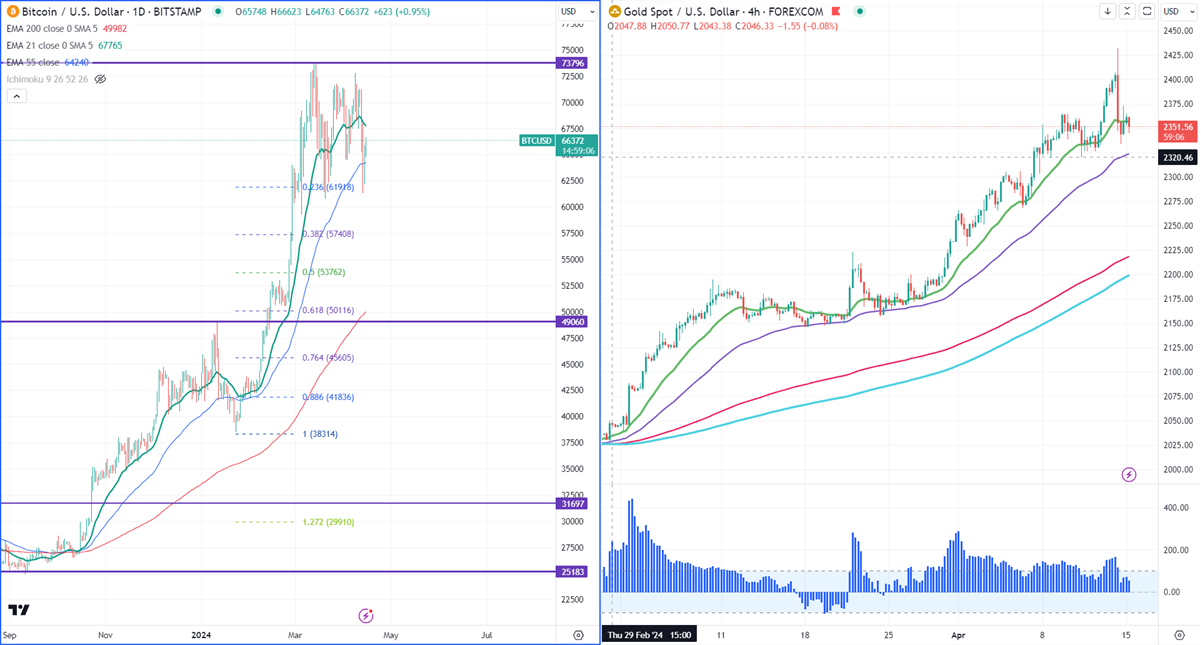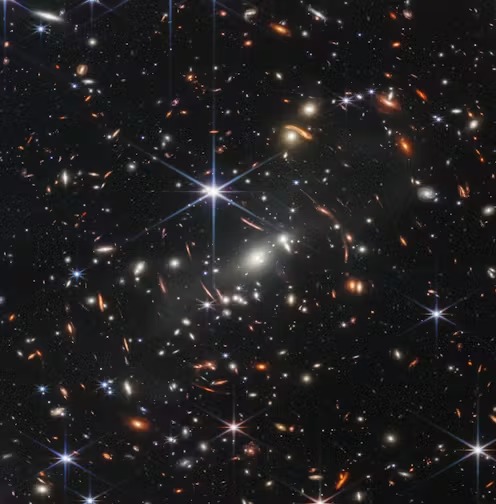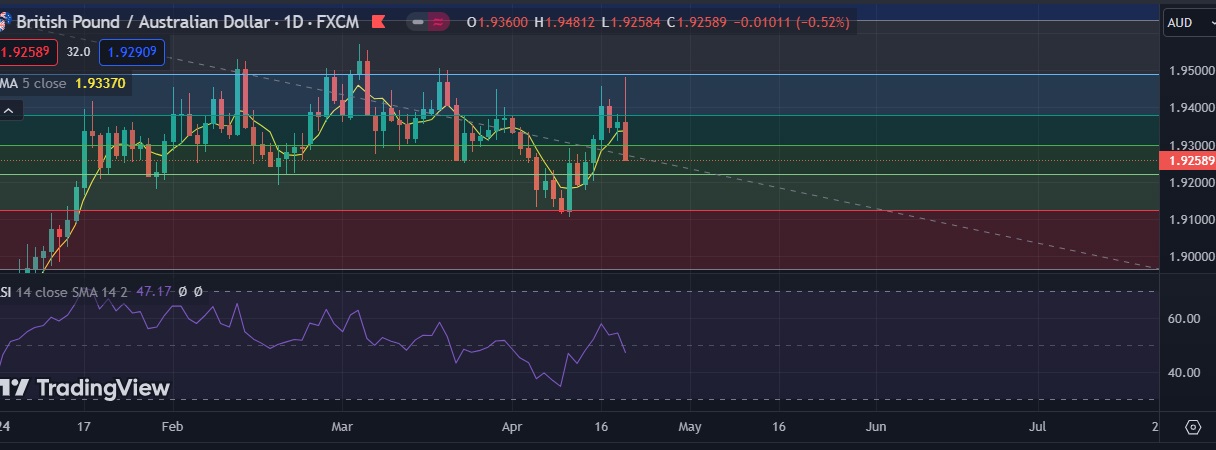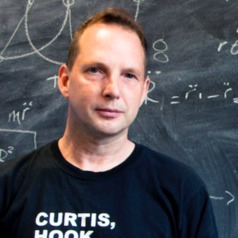
Mark Lancaster
Professor of Physics, University of Manchester
I was born, raised and received my early education (St. Mary's) in the Riviera of the North, Blackpool. I obtained a MA degree in Physics from Keble College, Oxford in 1988 and continued at Oxford for my DPhil (1988-1992) in high energy experimental particle physics. In 1992-1996 I was based at the DESY (Hamburg) electron-proton collider, HERA as a member of the ZEUS experiment as a SERC fellow for Bristol University and then as a research associate at Oxford University. In 1996 I moved to Lawrence Berkeley Lab (California) as a research fellow and worked at the Fermilab Tevatron collider (Chicago) as part of the CDF experiment. I took up a lecturer position at UCL in 1999. In 2001 I took a sabbatical year to work for Quadriga Worldwide PLC developing satellite IP-based delivery software. In 2004 I was awarded the Moseley Medal by the Institute of Physics, elected a Fellow of the Institute and promoted to Reader. In 2008 I was promoted to a Professorship and was a Professor at UCL until 2019. I took up my current Professorial position at the University of Manchester in 2018.
My past research interests have been in three areas of experimental high energy particle physics. Firstly measurements of the structure of the proton and developing our understanding of the strong nuclear force as embodied in the theory of quantum chromodynamics (QCD). Secondly precision measurements of the W-boson, the particle responsible for mediating the weak nuclear force, in particular precision measurements of its mass and lifetime. Thirdly, developing state-of-the-art computer software solutions and high speed electronics for data processing and reduction. This research has been based at two particle accelerators in Hamburg (HERA) and Chicago (Tevatron). I was the UK PI for the CDF experiment from 2002-2013 and CDF's Standard Model/EWK convenor from 1998-2000 and 2008-2013.
My present research is as part of two muon experiments that are seeking to establish evidence for physics beyond the Standard Model of Particle Physics. I am presently the UK PI for the Muon g-2 and Mu2e experiments, both hosted at the Fermi National Accelerator Laboratory (Fermilab) in Illinois.
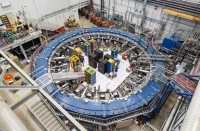
How we found hints of new particles or forces of nature – and why it could change physics
Apr 11, 2021 12:32 pm UTC| Science
Seven years ago, a huge magnet was transported over 3,200 miles (5,150km) across land and sea, in the hope of studying a subatomic particle called a muon. Muons are closely related to electrons, which orbit every atom...
A sustainable future begins at ground level
Canada needs a national strategy for homeless refugee claimants
An eclipse for everyone – how visually impaired students can ‘get a feel for’ eclipses
- Market Data









